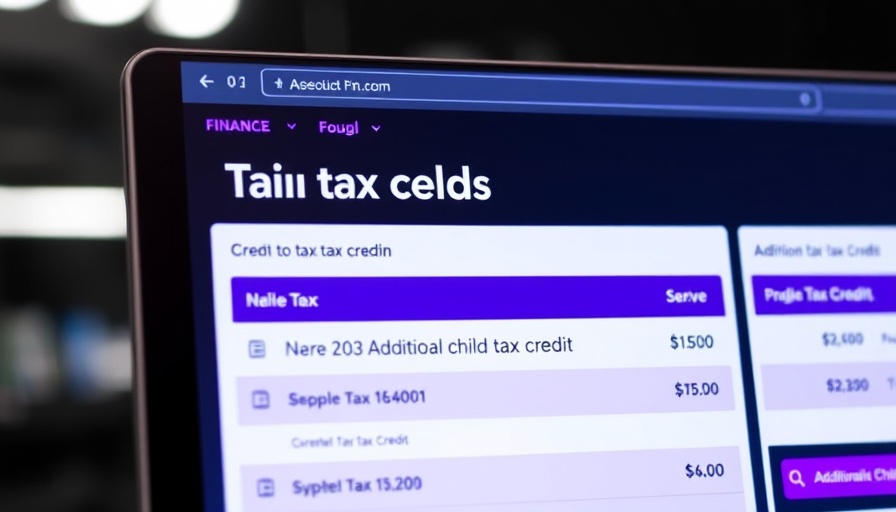
Dangerous Cuts: An Overview of Federal Layoffs Amid Shutdown
With a long-term government shutdown in effect, President Donald Trump's targeted staffing reductions are proving to be more widespread than anticipated. The administration has concentrated its layoffs on what it calls "Democrat Agencies," but the fallout reaches across political lines, affecting critical services and programs that have historically enjoyed bipartisan support.
The Numbers Behind the Cuts
On October 14, the Trump administration issued reduction-in-force (RIF) notices to approximately 4,200 federal workers spanning at least eight departments, with a significant number from the Treasury and Health and Human Services departments. In a shocking move, the Community Development Financial Institutions Fund (CDFI), which supports lower-income communities and has received bipartisan backing, saw its entire 83-member staff targeted.
Bipartisan Support: Affected Programs Receive Backlash
The implications of these cuts are profound. Senators from both sides of the aisle, including Republicans, expressed concern over the loss of vital programs such as the CDFI. A bipartisan letter emphasized the fund’s critical role, underscoring that every dollar invested generates substantial private-sector returns. This has led many taxpayers to question the practicalities of cutting programs that serve the public good while asserting partisan agendas.
Functional Fallout: What’s at Stake?
The ramifications extend beyond mere numbers. Over 1,300 employees at Health and Human Services (HHS) received RIF notices, with significant reversals for about 700 staff members at the Centers for Disease Control and Prevention (CDC) happening almost immediately after their layoffs were announced. Many experts fear that ongoing budget cuts may result in inadequate public health responses, showcasing an immediate risk factor tied to these federal workforce reductions.
Future Predictions: Impacts on Public Services
The closure, now stretching well beyond two weeks, foreshadows potential long-term damage to federal services. If these layoffs become permanent, taxpayers might face decreased government efficiency, threatening long-term public health goals and economic stability. Further complicating matters, key public programs, including health services dependent on federal funding, may suffer irreversible damage without proper support.
What Can Taxpayers Do?
As taxpayers, it is critical to remain informed and vocal about these developments. Those affected may consider reviewing their options related to tax planning and deductions. Understanding how shifts in federal employment can affect local economies is crucial. By advocating for transparency and addressing your representatives, you can influence decisions that impact not only your taxes but the quality of public services you rely on.
In light of these distressing developments, we urge taxpayers to stay engaged, educate themselves on potential tax deductions and planning strategies, and challenge the narrative put forth by administrations that seek to cut vital services.
 Add Row
Add Row  Add
Add 




Write A Comment